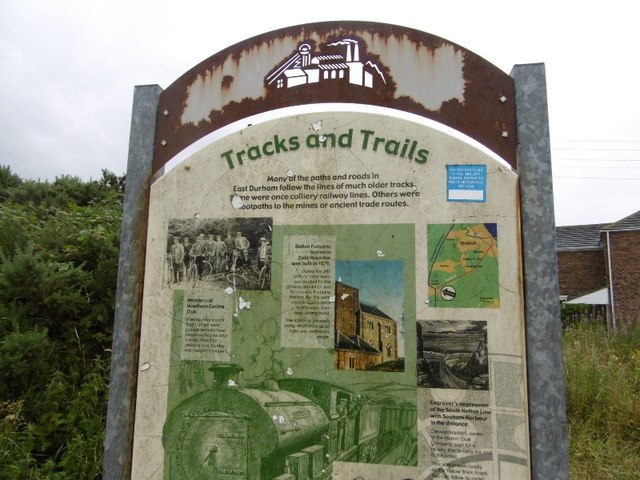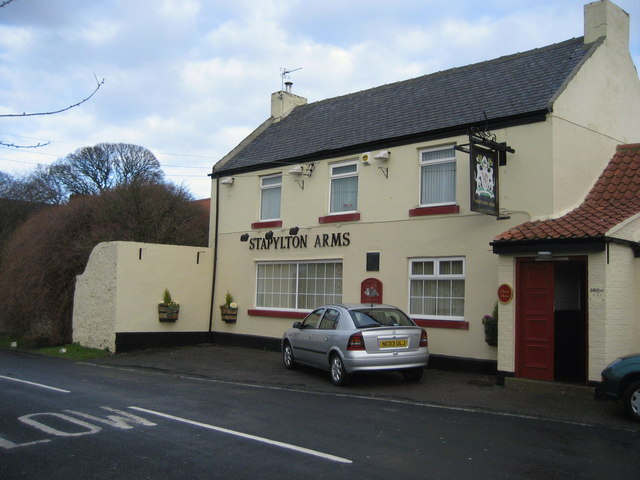Coop Hill
Hill, Mountain in Durham
England
Coop Hill
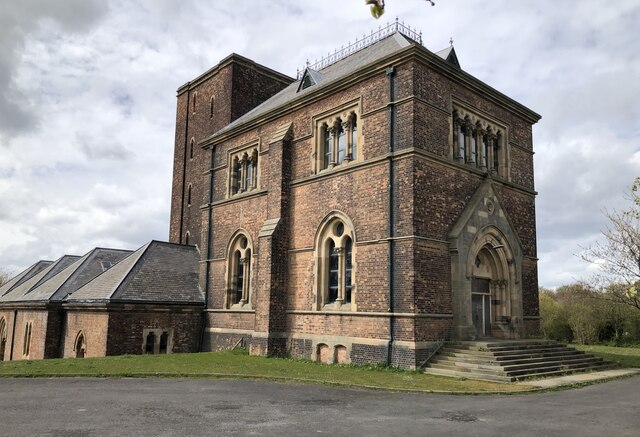
Coop Hill, located in Durham, England, is a picturesque hill that offers stunning panoramic views of the surrounding countryside. This hill is part of the North Pennines Area of Outstanding Natural Beauty, making it a popular destination for nature enthusiasts and hikers.
Standing at an elevation of approximately 1,250 feet (380 meters), Coop Hill is known for its distinctive shape, which resembles an inverted cone. The hill is covered in lush green grass, dotted with patches of heather and gorse, which add a splash of color to the landscape.
The summit of Coop Hill is accessible via a well-marked footpath, which winds its way up the hillside. As visitors make their way to the top, they are treated to breathtaking views of the surrounding moorland, valleys, and distant hills. On clear days, it is even possible to catch a glimpse of the North Sea in the east.
The hill is home to a variety of wildlife, including birds such as curlews, lapwings, and red grouse. Additionally, wildflowers such as orchids and harebells can be found blooming during the summer months, adding to the area's natural beauty.
Coop Hill offers a peaceful and tranquil atmosphere, making it an ideal spot for a picnic or simply to enjoy the serenity of the countryside. It is also a popular location for photography enthusiasts, who come to capture the stunning vistas.
Overall, Coop Hill is a natural gem in Durham, providing visitors with an opportunity to immerse themselves in the beauty of the North Pennines and enjoy breathtaking views of the surrounding area.
If you have any feedback on the listing, please let us know in the comments section below.
Coop Hill Images
Images are sourced within 2km of 54.800941/-1.3770211 or Grid Reference NZ4045. Thanks to Geograph Open Source API. All images are credited.

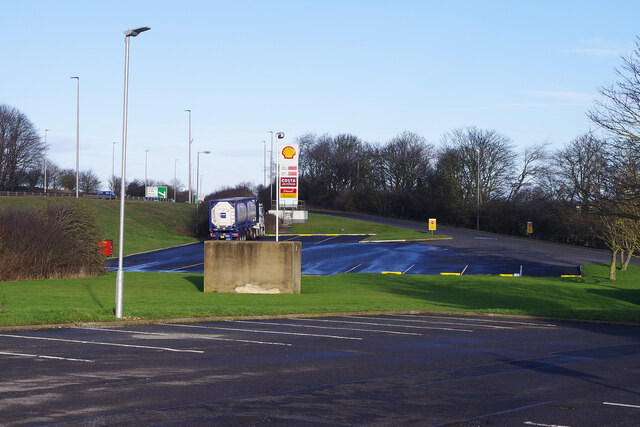

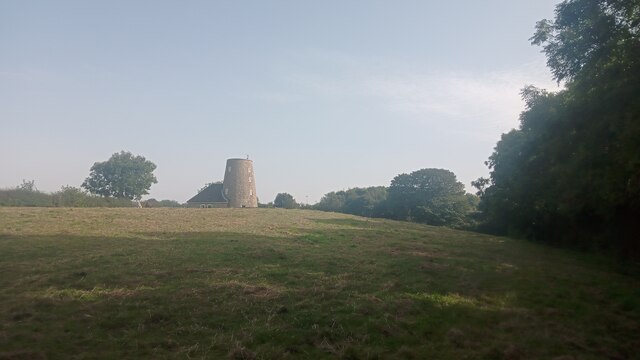



Coop Hill is located at Grid Ref: NZ4045 (Lat: 54.800941, Lng: -1.3770211)
Unitary Authority: County Durham
Police Authority: Durham
What 3 Words
///treat.honest.transcribes. Near Hawthorn, Co. Durham
Nearby Locations
Related Wikis
Hesledon Moor East
Hesledon Moor East is a Site of Special Scientific Interest in the County Durham district in east County Durham, England. It is located on the southern...
Hesledon Moor West
Hesledon Moor West is a Site of Special Scientific Interest in the County Durham district in east County Durham, England. It is located 1 km east of the...
Murton A.F.C.
Murton A.F.C. (formerly known as Murton Colliery Welfare) were a football team based in Murton near Durham in County Durham, England who last played Wearside...
Dalton Park
Dalton Park is a shopping centre on the outskirts of Murton, County Durham, England. It is the largest factory outlet style shopping centre in North East...
Greenhill, County Durham
Greenhill is a village in County Durham, England. It is situated a few miles south of Sunderland, and adjoins Murton.
Murton, County Durham
Murton is a village in County Durham, England. Lying eight miles (13 km) east of the city of Durham and six miles (9.7 km) south of Sunderland, it has...
Easington Greyhound Stadium
Easington Greyhound Stadium, also known as Moorfield Stadium, was a greyhound racing stadium in Sunderland Road, Easington, County Durham. == Origins... ==
Hawthorn, County Durham
Hawthorn is a village in County Durham, England. It is situated between Seaham and Easington. The only public building in the village of Hawthorn is the...
Nearby Amenities
Located within 500m of 54.800941,-1.3770211Have you been to Coop Hill?
Leave your review of Coop Hill below (or comments, questions and feedback).



